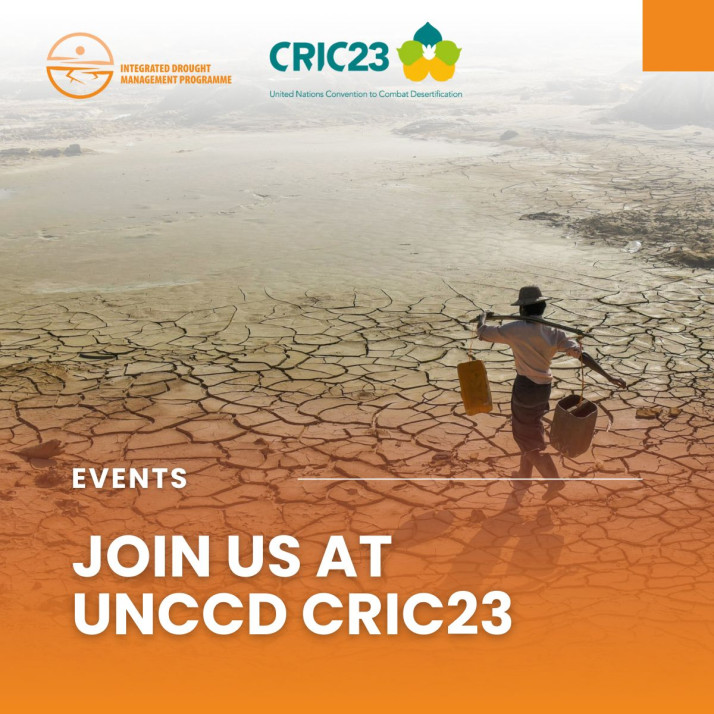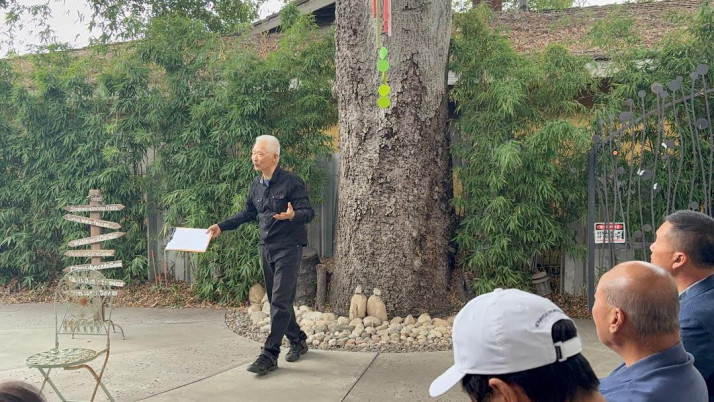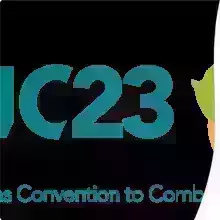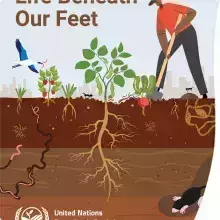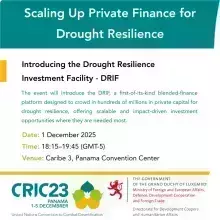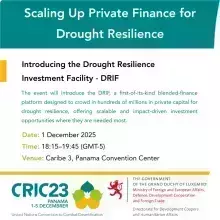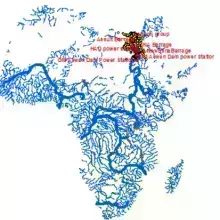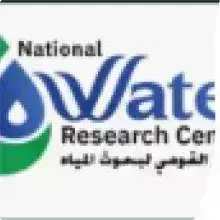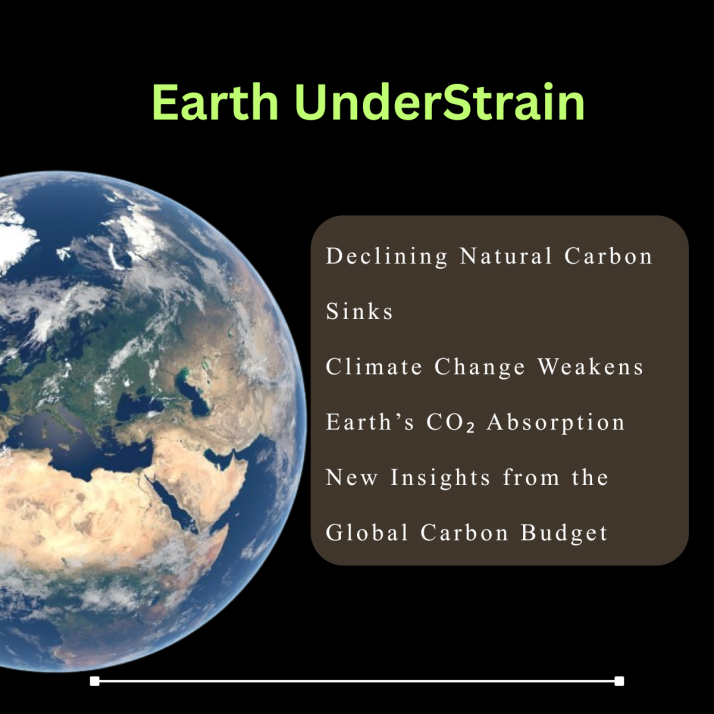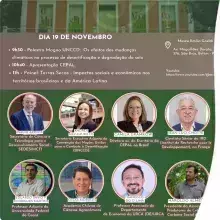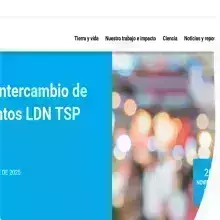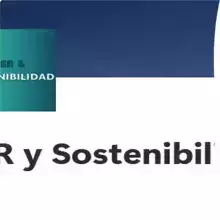¡Únete a nosotros en #CRIC23! 🌏
A medida que la degradación del suelo se acelera a nivel mundial, la construcción de #DroughtResilience para 2030 se ha convertido en una prioridad global urgente. El UN Convention to Combat Desertification (CNULD) desempeña un papel central en la movilización de los países para prevenir y revertir la degradación de la tierra, y proteger a las comunidades en primera línea de sequía.
Esta semana, el Global Water Partnership y el World Meteorological Organization participarán en el 23º Comité para la Revisión de la Implementación de la Convención (CRIC23) de la CNULD —también bajo el estandarte del Programa Integrado de Gestión de la Sequía (IDMP)— para debatir:
🌱 Cómo movilizar financiación innovadora para la resiliencia ante la sequía y la restauración de tierras
🔍 Fortalecimiento de los sistemas globales de monitorización de sequías y aridez
🤝 Compartiendo y escalando lecciones, innovaciones y alianzas
.. ¡Y más!
Más información y dónde encontrarnos
🗺️ https://gwpo-gwp.org/news/gwp-at-cric23-advancing-drought-resilience-an…
